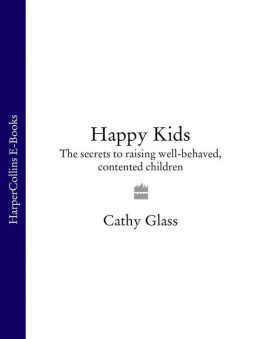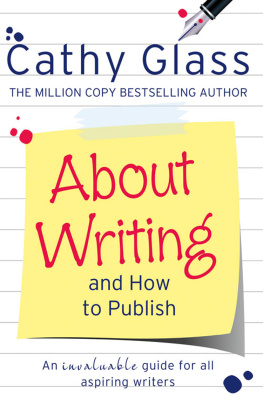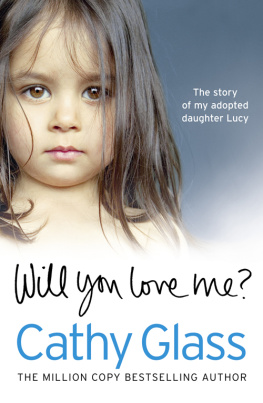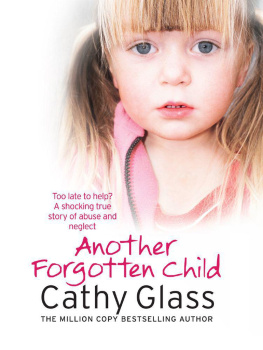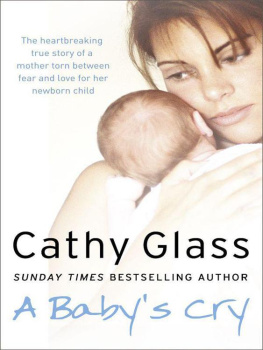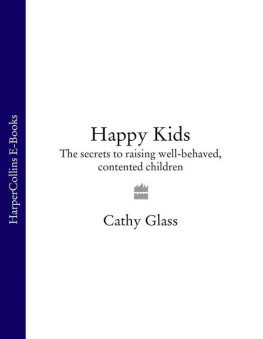Contents
I am a foster carer, and as well as bringing up three children of my own, I have looked after other peoples children for over twenty-five years. Some of those children stayed with me for a few days, while others stayed for years. The reasons why children come into care vary from a single parent having to go into hospital for a night, to a child being badly neglected and abused. While some of the children Ive fostered had received adequate diets at home, the vast majority over 95 per cent had not, resulting in the children being under- or overweight, short in stature, with dull skin and hair, lacking energy, and often having difficulties in concentrating and therefore being behind with their learning.
One of the first changes I have to make when a child comes to live with me is to their diet, and they are often resistant to change. When the children have been used to snacking on whatever was to hand usually crisps and biscuits not only do I have to wean them on to proper food but also I have to introduce them to mealtimes rather than having snacks in front of the television. Highly processed food usually the only food they have known is often visually attractive and easy to eat (requiring hardly any chewing), but it has few nutrients and addictive amounts of salt and sugar. I have to win the children over to a healthier way of eating as well as providing meals that the whole family enjoys, and like most busy parents I dont have much time. I have therefore become adept at producing simple nutritious meals that are easy to make and which kids of all ages will love. In this book I share my recipes, together with some important food facts. I hope you find it useful. Bon apptit.
No food is actually bad for a child, unless it is poisonous or the child is allergic to it, or is on a restrictive diet, but some foods become bad because of the quantity in which they are eaten. A poor diet is usually high in sugar and fat, low in protein, and lacking in vitamins and minerals. So, for example, a packet of crisps in a lunch box alongside a sandwich containing protein (such as meat, fish or eggs) and a piece of fruit is fine, but four packets of crisps a day are not, especially when they replace a meal. Likewise a piece of chocolate or a cup cake in addition to a main meal is acceptable, but chocolate and cake regularly eaten in large quantities are not. Crisps, chocolate and most heavily processed snack foods are high in calories, salt, sugar and fat, and low in nutrients, so must be eaten in moderation.
You may find it incredible that a child could ever be given chocolate or crisps instead of a meal, but many of the children I have fostered had been used to substituting this type of food for meals before they came into care. Breakfast, often bought from the corner shop and eaten on the way to school, would be a chocolate bar, or a bag of crisps and a can of fizzy drink, while the evening meal would be whatever the child could find in the cupboard, and very likely sugar-laden cereal and a packet of biscuits. Often the only proper meal a child had, therefore, was the free school dinner from Monday to Friday. While this type of eating applies to the minority, many children from good homes are overweight and lack essential vitamins and minerals simply because their diets are too high in processed foods. These are attractively packaged and sold to us through advertising on the television. How many of us as parents have given in to our childs pestering in the supermarket and bought a ridiculously expensive, attractively packaged (sugar-laden) cereal because our child had seen it advertised? Ill admit I have.
Many governments across the world are now so concerned about the poor quality of childrens diets that they are funding initiatives to try to change the eating habits of a generation. Not only does a bad diet stunt a childs growth and development, and cause obesity and lethargy; it can also produce behavioural problems. I mentioned this in my book Happy Kids (a guide to raising well-behaved and contented children) and received hundreds of emails from parents who, after reading my book, suddenly connected some foods with their childs bad behaviour. More of that later, but first lets look at the foods that should be limited in a childs diet:

You will probably think of others. Generally speaking, if food is heavily processed and not fresh it is likely to be high in calories, sugar, fat, salt and artificial additives and should be limited. Fortunately ingredients now have to be listed on the food packaging, so check if you are unsure. And remember the ingredients are listed in descending order of the amount included with the highest first so if the first ingredient listed is sugar, as with most sweets, then sugar is what that food contains most of. But also remember that a good diet for kids is about limiting these foods, not banning them completely.
We are what we eat is a well-known phrase, meaning the food that goes into our mouths is absorbed by our bodies and therefore becomes part of us. This is especially true for children, who are still growing and use a larger proportion of their food for growth, as well as cell repair and general health, than adults do. But it isnt only the childs body and physical health that are at the mercy of what the child consumes, but also the childs brain and central nervous system. A finely tuned endocrine and hormone system is responsible for mood, behaviour and mental health, and this relies on a well-balanced diet to function efficiently. There is now a wealth of scientific information from studies and research that shows that childrens (and adults behaviour) is greatly affected by diet. A healthy diet is therefore essential for both childrens physical development and their emotional and mental well-being.
Apart from obvious sugar-laden foods sweets, biscuits, cakes and puddings, etc. sugar is added to many other processed foods: for example, baked beans, soups and even some bread. As a result our children have become a nation of sweet tooths. As well as having detrimental long-term physical effects tooth decay, obesity, diabetes, high blood pressure, etc. too much sugar can have an immediate effect on mood and behaviour. Most parents have observed the high that too many sweet foods or sugary drinks can have on their child even the average child without a hyperactivity disorder. The reason for this is that as sugar enters the bloodstream it gives a surge of energy, so the child rushes around on a high; but after the sugar rush comes a low as the body dispenses insulin to stabilize itself. The child then becomes tired, irritable and even aggressive, with a craving for something sweet. So begins a pattern of sugar-related highs and lows, and if the child is prone to mood swings or hyperactivity, refined sugar will fuel it. Sugar intake should therefore be moderated and ideally from a natural source, for example, fruit or honey.
Although it is unlikely you will give your child a cup of strong black coffee, the equivalent amount of caffeine can be found in a can of many a fizzy drink, added by the manufacturers. Caffeine is a powerful stimulant which is why many adults drink coffee in the morning to wake them up. Caffeine acts immediately on the central nervous system, giving a powerful but short-lived high. Some bottles and cans of fizzy drink now state that they are caffeine free, but they are still in the minority, and you will need to check the label to see if caffeine is present, and in what quantity.

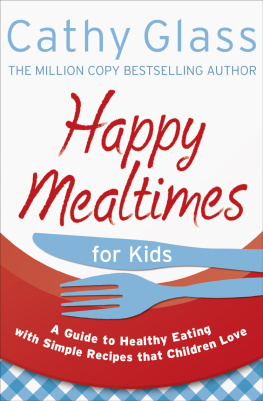
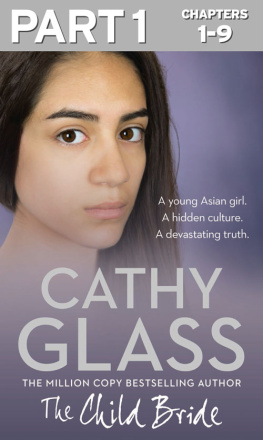

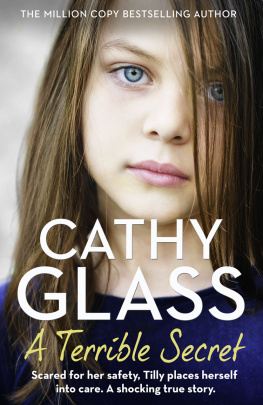



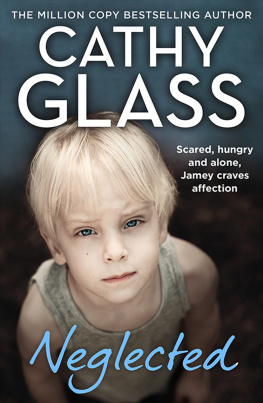
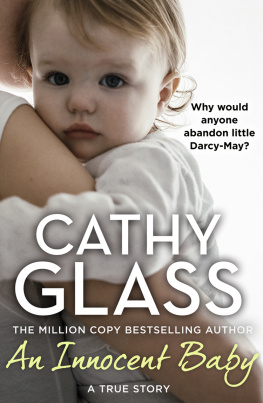
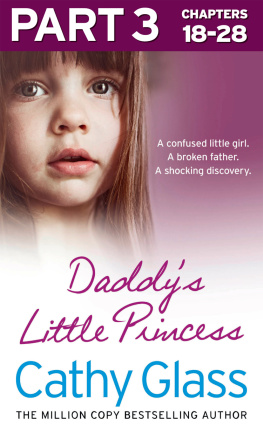
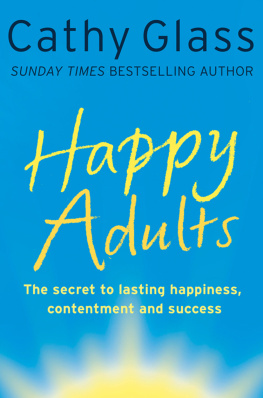
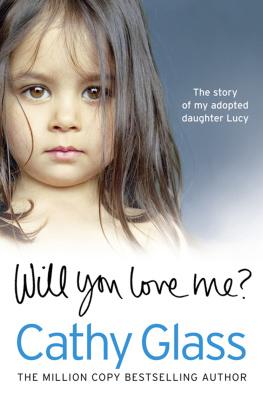
![Glass - Happy adults : [the secret to lasting happiness, contentment and success]](/uploads/posts/book/98405/thumbs/glass-happy-adults-the-secret-to-lasting.jpg)
